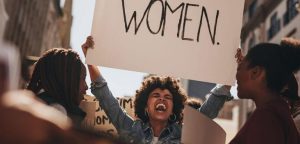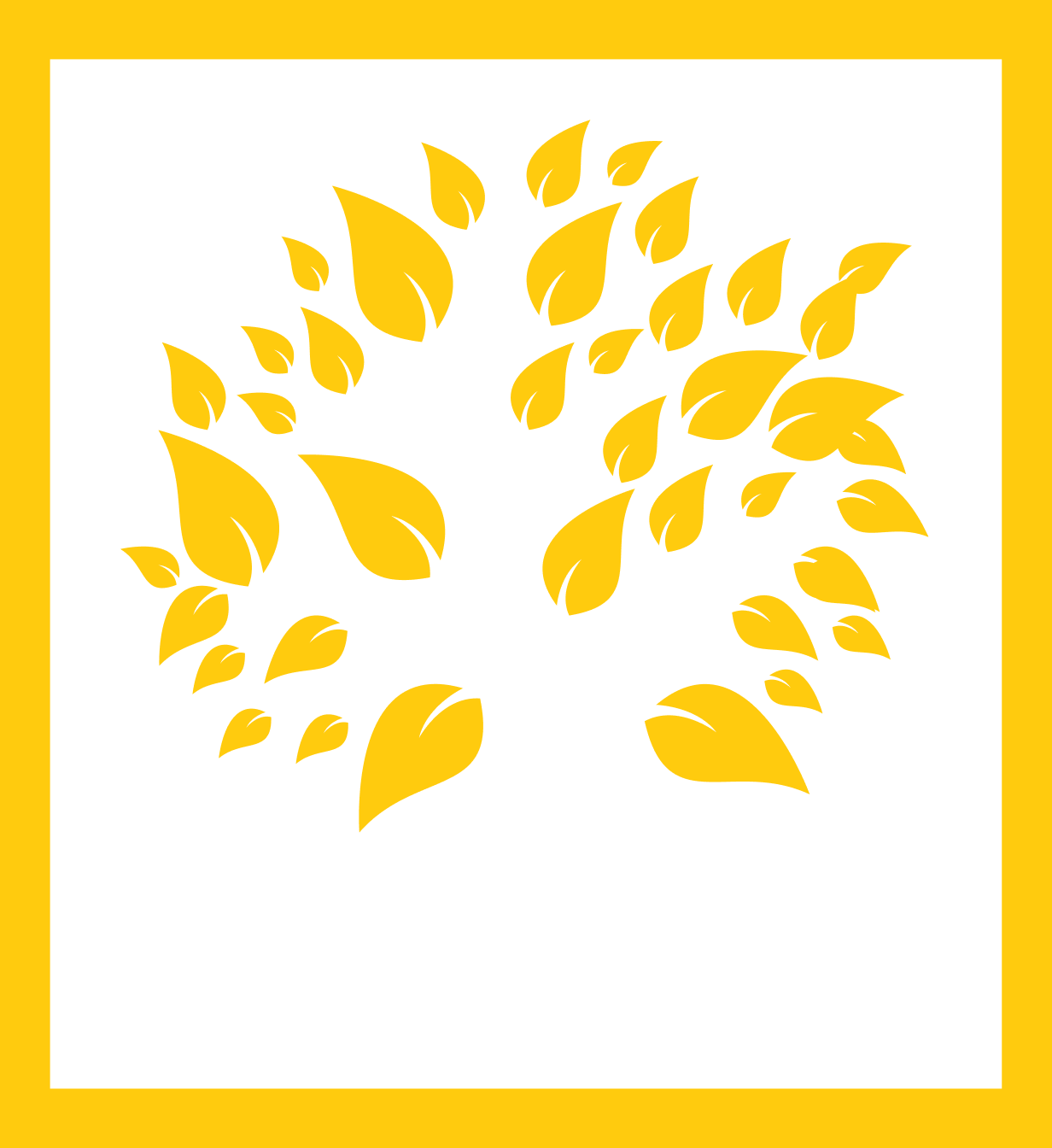Economic Empowerment
As per the “Global Gender Gap Report 2021” released by the World Economic Forum (WEF), Pakistan secured the 153rd position out of 156 countries on the gender parity index. According to the United Nations, women make up 38.8 percent of the global labor force, but only 20 percent (13.5 million) in Pakistan.
Pakistan has adopted several critical international commitments to gender equality and women’s human rights, including the Universal Declaration of Human Rights, the Beijing Platform for Action, the Convention on the Elimination of Discrimination Against Women, and the Sustainable Development Goals. Pakistan’s gender equality ranking remains among the lowest in the world despite all of these initiatives.
Article 38 of the Constitution of Pakistan guarantees citizens the right to pursue economic opportunities irrespective of sex, caste, or creed and related labor laws. In addition, Pakistan’s Vision 2025 recognizes that expanding women’s participation and access to opportunities is essential for sustained economic and social development. According to the 12th Five-Year Plan (2018-2023), the equal participation of women in economic activity is contingent upon providing an enabling environment.
In 2022, the government implemented a National Gender Policy Framework. Establishing the NGPF document is crucial to addressing gender issues in the country. The third objective emphasizes employment and economic opportunity to provide women with employment opportunities, training, entrepreneurial skills, secure working environments, and adequate transportation.
According to the 2018 World Bank Report on Female Labor Force Participation (FLFP), the gender disparity in female labor force participation rates has decreased in Balochistan, Khyber Pakhtunkhwa (KP), Punjab, and Sindh provinces in Pakistan, with some variation between provinces. Since 1992, Punjab has had higher FLFP levels than Sindh, KP, and Balochistan.
The Punjab government’s “Punjab Development Policy” targets growth, industrialization, development, and livelihood improvements for vulnerable populations, including women and girls. Sindh’s 2019 Gender Equality and Women’s Empowerment (GEWE) policy aims to improve women’s economic status. KPK and the Balochistan governments have the Women Development Department and Women Empowerment Policy.
CREDP believes that economic empowerment is the key to achieving absolute gender equality. Furthermore, women account for half of Pakistan’s population. If half of the people in a nation do something productive for the economy, that country will thrive. Besides that, the federal and provincial governments must stress that the implementation of women’s economic empowerment agenda needs to be included. As a result, governments must prioritize action on policy implementation and keep an eye on the results of relevant agencies’ efforts.
LATEST
UPDATES

Empowering Pakistan’s Future: The Importance of Girls’ Education
Despite some progress, Pakistan still faces significant challenges in ensuring equal access to quality education for girls.
LATEST PUBLICATIONS

Empowering Pakistan’s Future: The Importance of Girls’ Education
Despite some progress, Pakistan still faces significant challenges in ensuring equal access to quality education for girls.
LATEST PUBLICATIONS

Economic Empowerment of Women in Pakistan
Women’s empowerment in Pakistan is a pivotal issue that demands attention and concerted efforts.

